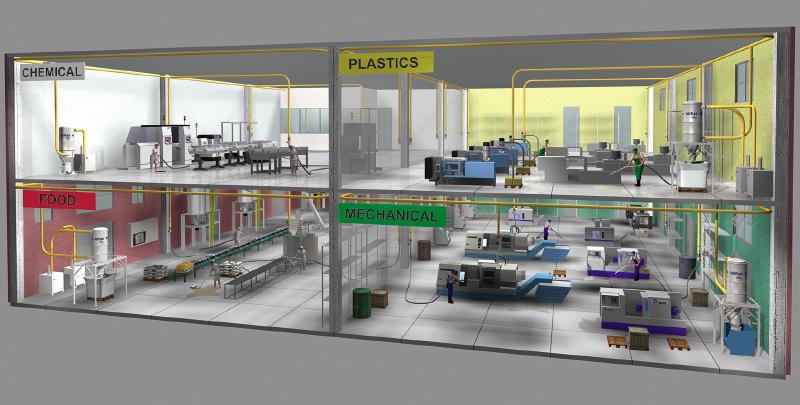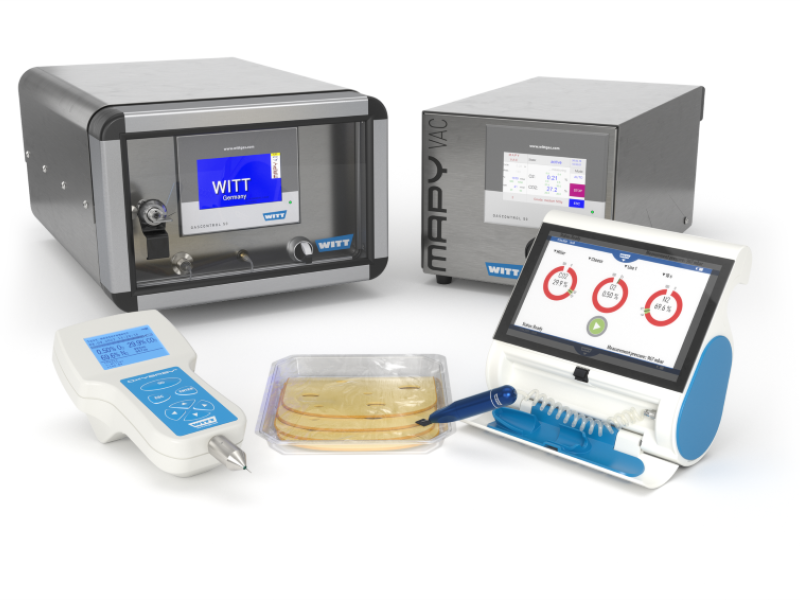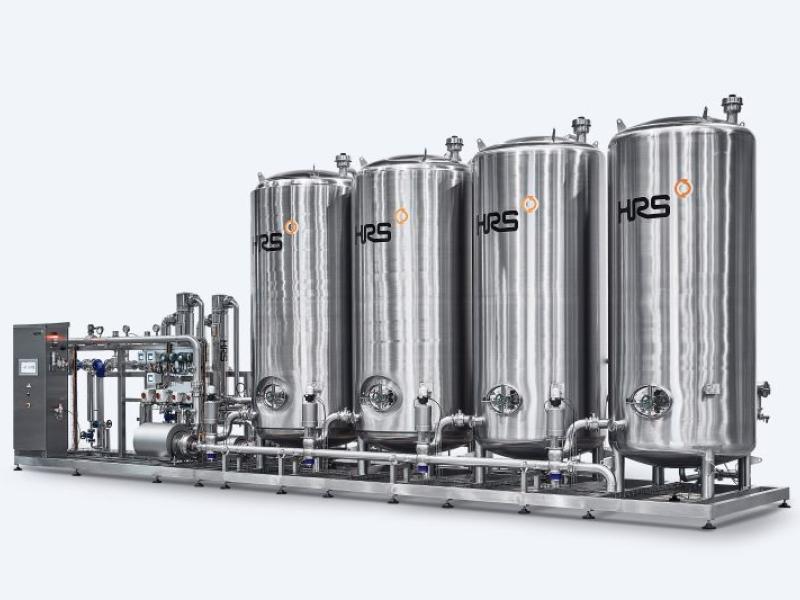There are a number of hidden risks within the food processing industry that can jeopardise the safety, hygiene and efficiency of the output. Without adequate equipment, maintenance and cleanliness, the wellbeing of staff and the quality of food being manufactured can suffer immensely. Indeed, one of the most serious risks is dust explosion. There are three types of industrial vacuum solutions that are commonly used in food production facilities to maintain safety and quality.
Industrial vacuums
Industrial vacuums offer a high level of filtration due to their polyester fabric cartridge filters, ideal for very fine powders, filtering air at high temperatures and toxic powders. Nilfisk industrial vacuums are certified as compliant with international safety standards ATEX, IECEx, CE, TüV (L-M-H).
Dust poses one of the greatest dangers, as wherever there is dust there is the risk of combustion. Atmospheric dust in its more conventional form can accumulate from an inadequate level of cleanliness, while dust from ingredients must be adequately contained in order to prevent both combustion and illness. In addition to eliminating dust, industrial vacuums also maintain a high standard of food production by eliminating burnt crumbs and flour waste.
What’s more, some ingredients may be unsafe or irritating to inhale, even in the food industry. For example, sorbitol is often used in confectionary and comes in a powder form. As a powder it can cause irritation but when combined with the liquid ingredients and then eaten as a solid, it no longer poses a health hazard. The same can be said for pepper.
As well as being unsanitary, dirty floors create serious slip hazards. With the correct accessories applied to industrial vacuums, floors can be managed with ease and efficiency to maintain a safe working environment.
Centralised vacuum systems
When cleaning large surfaces, or when access space for mobile industrial vacuums is limited, centralised vacuuming systems are the ideal solution. They offer the advantage of positioning the vacuuming unit, filtering unit and exhaust system outside of the production environment, maintaining only the vacuuming hoses inside. They are excellent for continuously vacuuming in multiple points along conveyor belts.
Many people fail to see the bigger picture. If the entire facility is not kept clean, the combustion risk increases drastically. Even dust on piping or exposed beams, which can settle there as a result of an inadequate centralised vacuum system, increases the chance of dust explosion.
Pneumatic conveyors
These are used to transport grains and powders, according to precise pre-set times and quantities, from the raw material containers to the loading hoppers of packing or canning machines. They are excellent for increasing the automation of coffee and tea production lines and are necessary for maintaining quality of mixtures in the beverage and confectionery industry.
Beyond the realm of vacuums, it is crucial to maintain the equipment itself in the interests of safety, cost-effectiveness and hygiene. It is especially important to clean any powder to ensure it does not damage the machines. For example, many machines contain ball bearings, which work with grease. When powder combines with grease it can cause a paste, which creates undue wear on equipment. What’s more, powder that is left to rest on hot surfaces will continue to insulate the heat and not allow the machine to cool properly.
In managing a food production facility, there are inevitably a number of factors to consider in order to guarantee safety and optimum productivity. The implementation of specialty vacuum machines is more efficient, saving manpower and ultimately doing a superior job.
Details, Nilfisk New Zealand
Ph: 0800 408 080






